
Essays
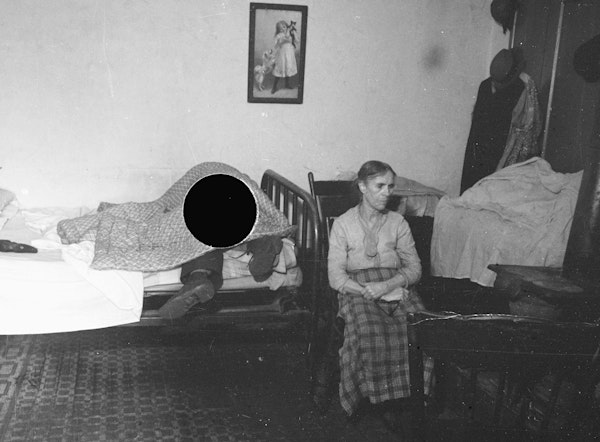
Of the 270,000 photographs commissioned by the US Farm Security Administration to document the Great Depression, more than a third were “killed”. Erica X Eisen examines the history behind this hole-punched archive and the unknowable void at its center. more
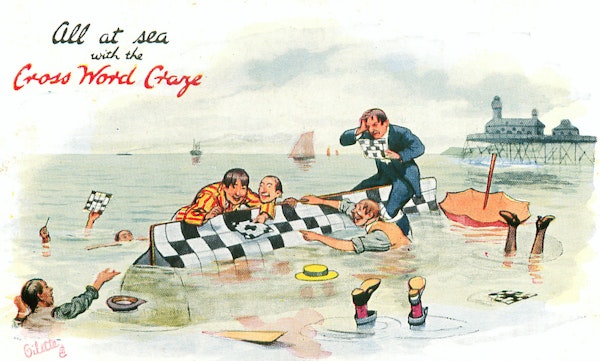
Beastly Clues: T. S. Eliot, Torquemada, and the Modernist Crossword
Just a few years after The Waste Land appeared — a poem whose difficulty critics compared to some “pompous cross-word puzzle” — Edward Powys Mathers (alias: Torquemada) pioneered the cryptic: a puzzle form that, like modernist poetry, unwove language and rewove it anew. Roddy Howland Jackson reveals the pleasures and imaginative creatures lurking in Torquemada's lively grids. more
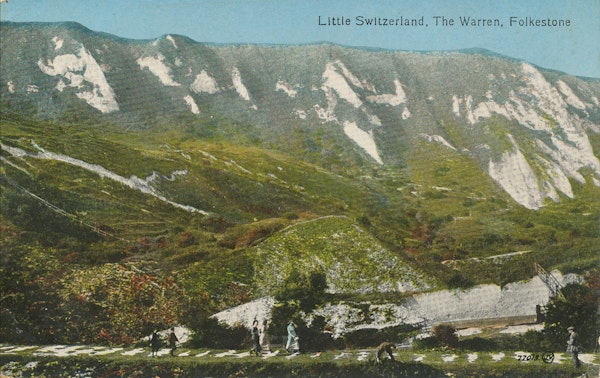
Little Switzerlands: Alpine Kitsch in England
Far from the treacherous peaks and ravines of Switzerland, Alpine cottages arose, unexpectedly, amid the hillocks and modest streams of 19th-century England. Seán Williams recovers the peculiar fad for “Little Switzerlands”, where the Romantic sublime meets countryside kitsch. more
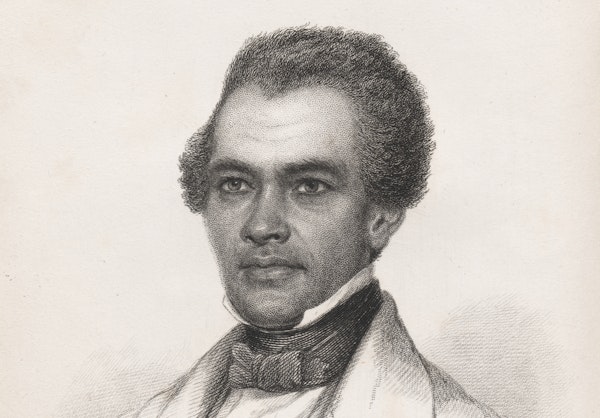
William Wells Brown, Wildcat Banker
A cottage industry, yes, but a barbershop bank? Ross Bullen plots how a story told by William Wells Brown — novelist, historian, playwright, physician, and escaped slave — circulated, first through his own works, and then abroad, as a parable of American banking gone bad. more
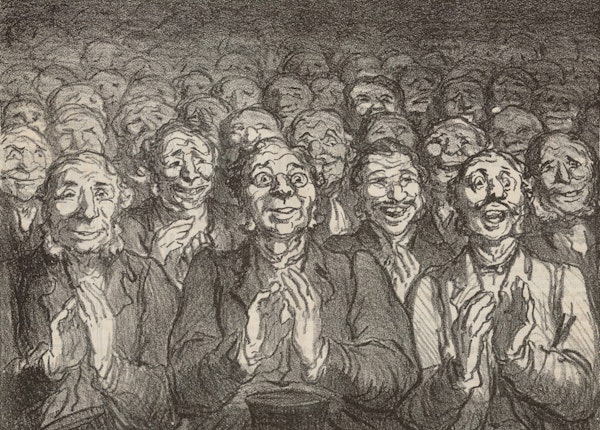
Laughter in the Time of Cholera
Political instability, popular unrest, and an impending pandemic? Welcome to France in the early 1830s. Vlad Solomon explores what made Parisians laugh in a moment of crisis through the prism of a vaudeville play. more
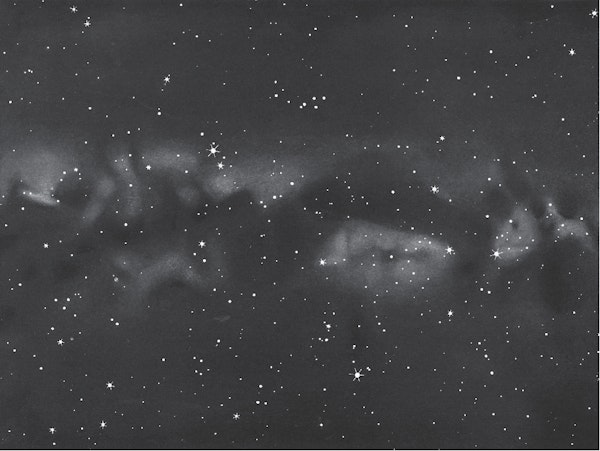
Marxist Astronomy: The Milky Way According to Anton Pannekoek
Can a person’s experiences on earth alter how they perceive the stars? Lauren Collee peers through the telescope of Anton Pannekoek, the Dutch astronomer whose politics informed his human approach to studying the cosmos. more
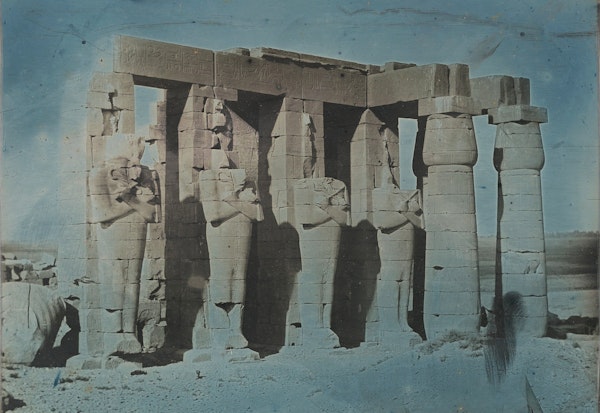
The Dust That Measures All Our Time
From the mythical Sandman, who participates in dream and vision, to an irritating grain lodged in the beachgoer’s eye, sand harbours unappreciated power, however mundane. Steven Connor celebrates this “most untrustworthy” type of matter. more
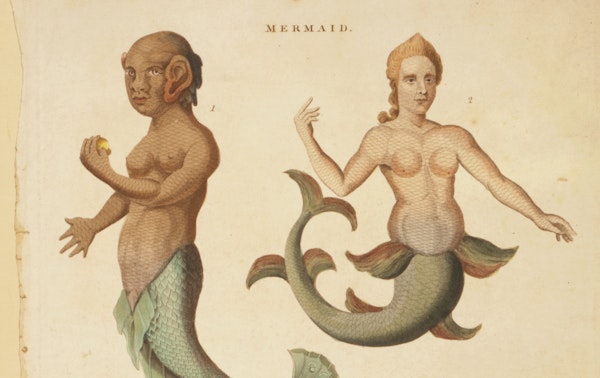
Mermaids and Tritons in the Age of Reason
For much of the eighteenth century, Western intellectuals chased after tritons and mermaids. Vaughn Scribner follows the hunt, revealing how humanity’s supposed aquatic ancestors became wondrous screens on which to project theories of geographical, racial, and taxonomical difference. more
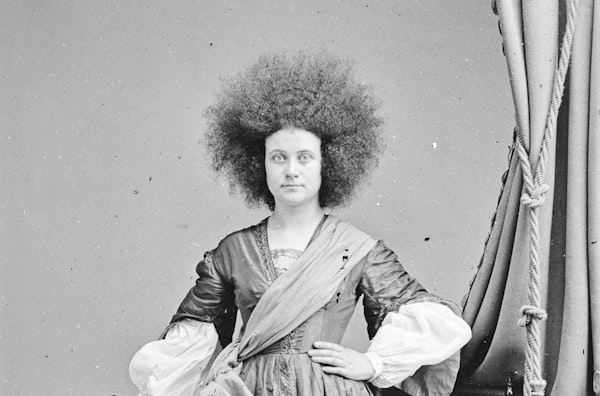
Circassian Beauty in the American Sideshow
Among the “human curiosities” in P. T. Barnum’s American Museum was a supposed escapee from an Ottoman harem, a figure marketed as both the pinnacle of white beauty and an exoticised other. Betsy Golden Kellem investigates the complex of racial and cultural stereotypes that made the Circassian beauty such a sideshow spectacle. more
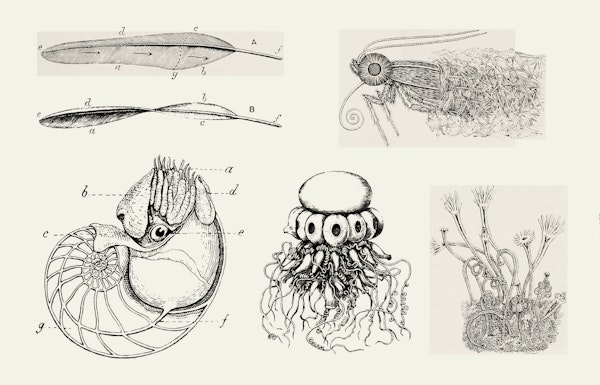
Why do helical seashells resemble spiralling galaxies and the human heart? Kevin Dann leads us into the gyre of James Bell Pettigrew’s Design in Nature (1908), a provocative and forgotten exploration of the world’s archetypal whorl. more
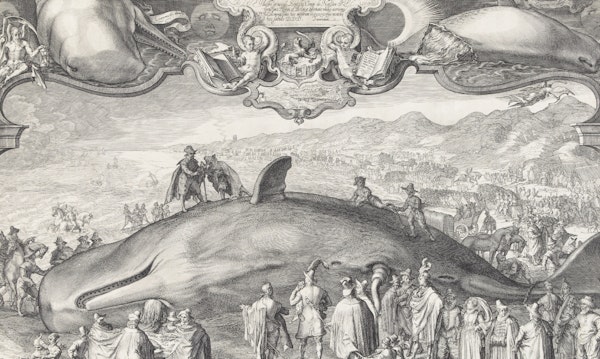
Picturing Scent: The Tale of a Beached Whale
What can visual art teach us about scent, stench, and the mysterious substance known as ambergris? Lizzie Marx follows a “whale-trail” across history to discover the olfactory paradoxes of the Dutch Golden Age. more
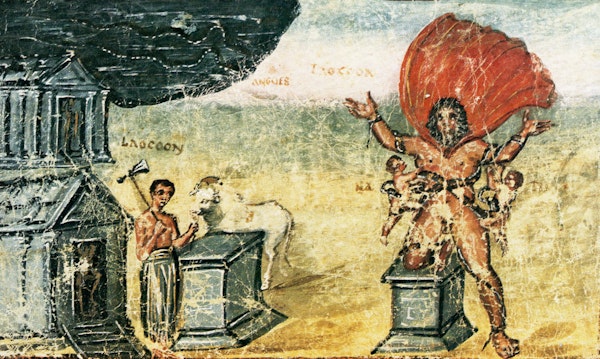
Reading Like a Roman: Vergilius Vaticanus and the Puzzle of Ancient Book Culture
How did Virgil’s words survive into the present? And how were they once read, during his own life and the succeeding centuries? Alex Tadel explores Graeco-Roman reading culture through one of its best-preserved and most lavishly-illustrated artefacts. more
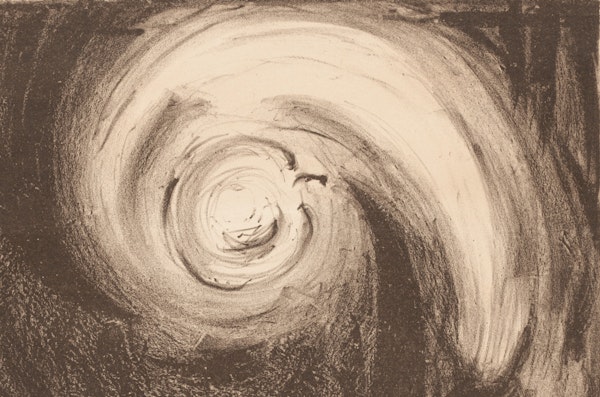
Still Farther South: Poe and Pym’s Suggestive Symmetries
In 1838, as the United States began its Exploring Expedition to the South Seas, Edgar Allan Poe published a novel that masqueraded as a travelogue. John Tresch guides us along this strange trip southward, following the pull of its unfathomable mysteries. more
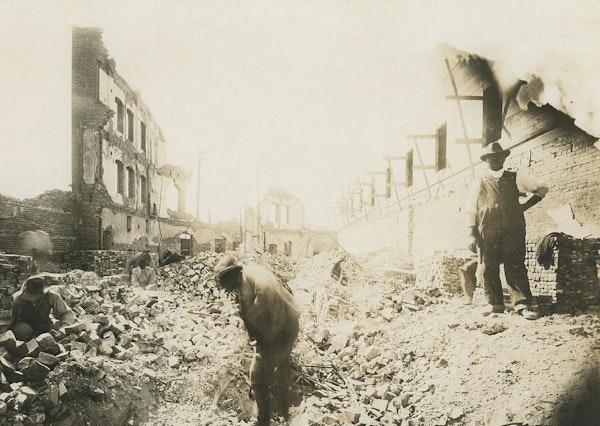
Photographing the Tulsa Massacre of 1921
On the evening of May 31, 1921, several thousand white citizens and authorities began to violently attack the prosperous Black community of Greenwood in Tulsa, Oklahoma. Karlos K. Hill investigates the disturbing photographic legacy of this massacre and the resilience of Black Wall Street’s residents. more
%2C_RP-P-OB-201.947-edit-thumb.jpg?w=600&h=1200)
The Art of Making Debts: Accounting for an Obsession in 19th-Century France
Being in debt was once an artful promenade — the process of eluding creditors through disguise and deceit. Erika Vause explores a forgotten financial history: the pervasive humor that once accompanied the literature and visual culture of debt. more
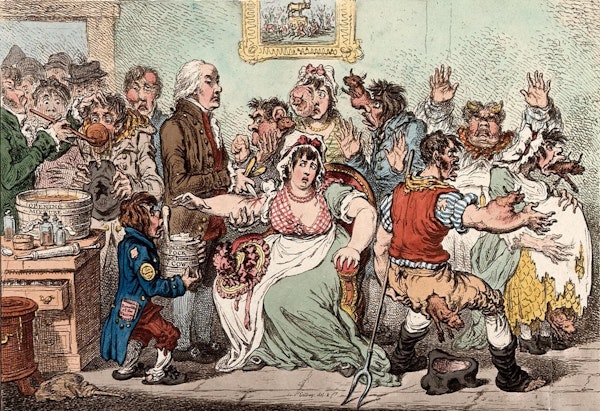
“The Mark of the Beast”: Georgian Britain’s Anti-Vaxxer Movement
Ox-faced children, elderly women sprouting horns, and cloven minds — all features attributed to Edward Jenner’s vaccine against smallpox. Introducing us to the original anti-vaxxers, Erica X Eisen explores the “vacca” in the first-ever vaccine: its bovine origins and the widespread worry that immunity came with beastly side effects. more
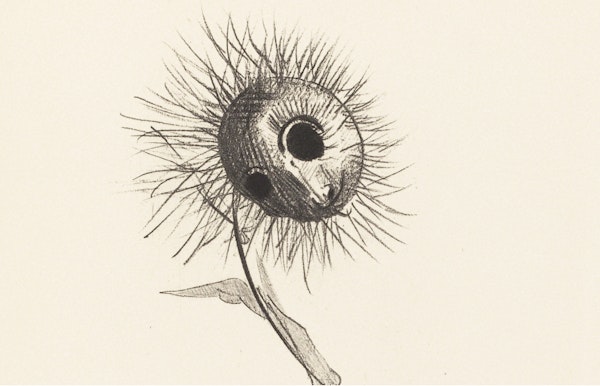
“Fevers of Curiosity”: Charles Baudelaire and the Convalescent Flâneur
This month marks the 200th anniversary of Charles Baudelaire’s birth, the French poet famous for his descriptions of the flâneur: a man of the crowd, who thrived in the metropolis’ multitude. Following Baudelaire through 19th-century Paris, Matthew Beaumont discovers a parallel archetype — the convalescent hero of modernity — who emerges from the sickbed into city streets with a feverish curiosity. more
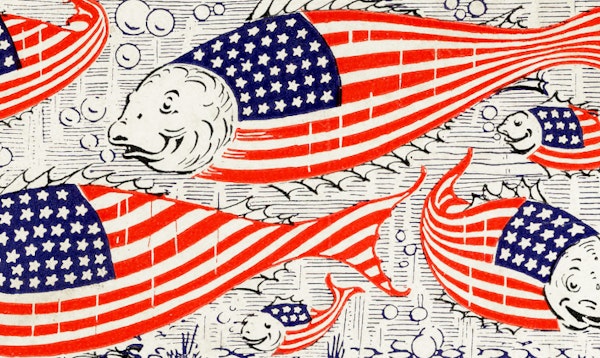
Propagating Propaganda: Franklin Barrett’s Red, White, and Blue Liberty Bond Carp
Toward the end of World War I, as the US peddled hard its Liberty Bonds for the war effort, goldfish dealer Franklin Barrett bred a stars-and-stripes-colored carp: a living, swimming embodiment of patriotism. Laurel Waycott uncovers the story of this “Liberty Bond Fish” and the wider use of animals in propaganda of the time. more
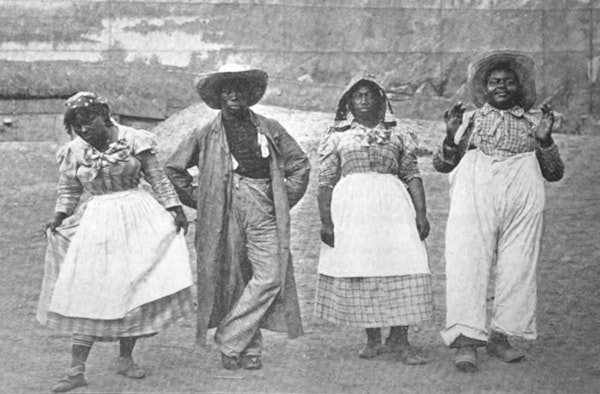
During the summer of 1895, in a Brooklyn park, there was a cotton plantation complete with five hundred Black workers reenacting slavery. Dorothy Berry uncovers the bizarre and complex history of Black America, a theatrical production which revealed the conflicting possibilities of self-expression in a racist society. more
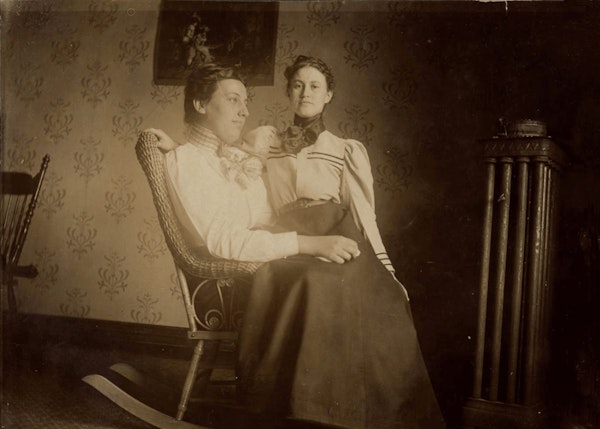
Postures of Transport: Sex, God, and Rocking Chairs
What if chairs had the ability to shift our state of consciousness, transporting the imagination into distant landscapes and ecstatic experiences, both religious and erotic? In an essay about the British and American fascination with rocking chairs and upholstery springs in the 19th century, Hunter Dukes discovers how simple furniture technologies allowed armchair travelers to explore worlds beyond their own. more
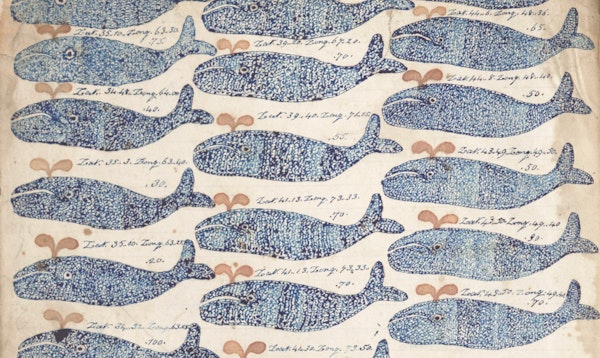
The Art of Whaling: Illustrations from the Logbooks of Nantucket Whaleships
The 19th-century whale hunt was a brutal business, awash with blubber, blood, and the cruel destruction of life. But between the frantic calls of “there she blows!”, there was plenty of time for creation too. Jessica Boyall explores the rich vein of illustration running through the logbooks and journals of Nantucket whalers. more
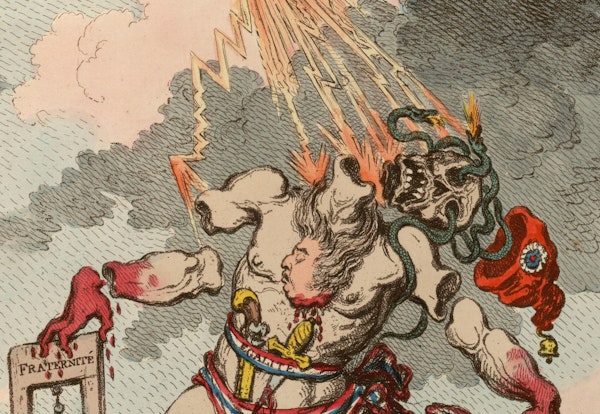
As the French Revolution entered its most radical years, there emerged in print a recurring figure, the collective power of the people expressed as a single gigantic body — a king-eating Colossus. Samantha Wesner traces the lineage of this nouveau Hercules, from Erasmus Darwin’s Bastille-breaking giant to a latter incarnation in Mary Shelley’s Frankenstein. more

Lord of Misrule: Thomas Morton’s American Subversions
When we think of early New England, we tend to picture stern-faced Puritans and black-hatted Pilgrims, but in the same decade that these more famous settlers arrived, a man called Thomas Morton founded a very different kind of colony — a neo-pagan experiment he named Merrymount. Ed Simon explores the colony’s brief existence and the alternate vision of America it represents. more
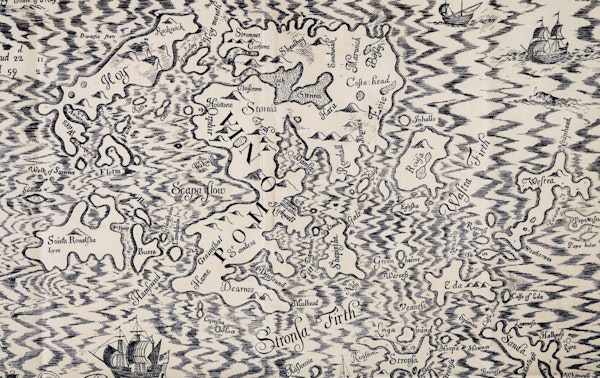
The Orkney Finnmen Legends: From Early Modern Science to Modern Myth
At the end of the 17th century there appeared the first noting of a mysterious kayak-paddling “Finnman” seen in Orkney waters. Jonathan Westaway explores the subsequent explanations and how early modern science’s fascination with unfamiliar objects, and the “out-of-place” in general, helped conjure the idea of an Inuit presence in the region and, in turn, a new chapter of Scottish folklore. more

